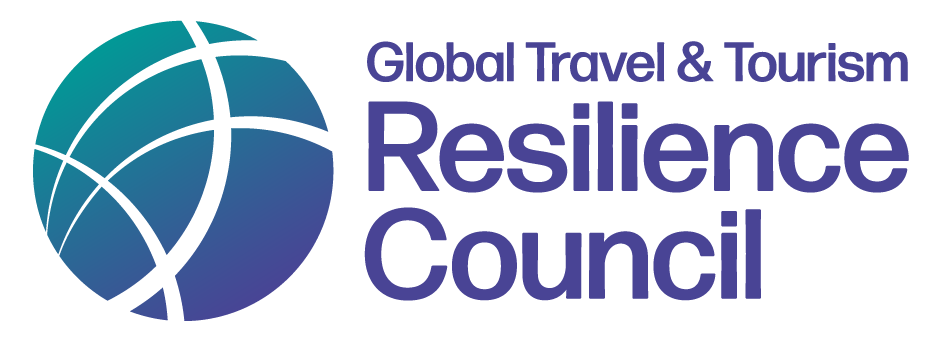In honor of World Tourism Day, our partner Mabrian released valuable reporting capabilities:
A new index to help destinations identify the most sustainable source markets
How vital rethinking tourism and the footprint it leaves on the planet is
The ‘Income / Carbon Footprint’ index compares income generated by visitors with their carbon footprint, on a source-market-by-source-market basis
According to Mabrian, the basis of sustainability of a destination is to achieve a balance between the tourist experience, the well-being of the residents, the conservation of the environment and the profitability of the sector. In this way, the leading company in tourism intelligence helps destination managers and tourism companies with tools that allow them to make decisions aligned with this balance through big data analysis.
To its six existing Sustainability indices that Mabrian has, it now adds a new index: the Income / Carbon Footprint Index. This new indicator relates the average income generated by a visitor at the destination, with the impact of the carbon footprint of traveling to the destination by air. The objective of this index is to identify the markets or segments that offer greater efficiency between the pollution they generate and the wealth they contribute to the destination.
Although the carbon footprint generated by a tourist is not limited to air travel, nor is the tourist’s expenditure dedicated exclusively to sustainability, it is an index with a very valid approximation to identify those markets that generate more wealth in the local economy of residents, with the least possible impact on the environment.
This indicator, added to others Mabrian offers – such as the distribution of tourist income in the local economy, the concentration of the tourist offer in the territory, the perception of sustainability, the motivational diversification of visitors, the degree of dependence on certain markets of origin and, finally, seasonality – offer a more complete vision of the desired balance of a sustainable tourist destination.


